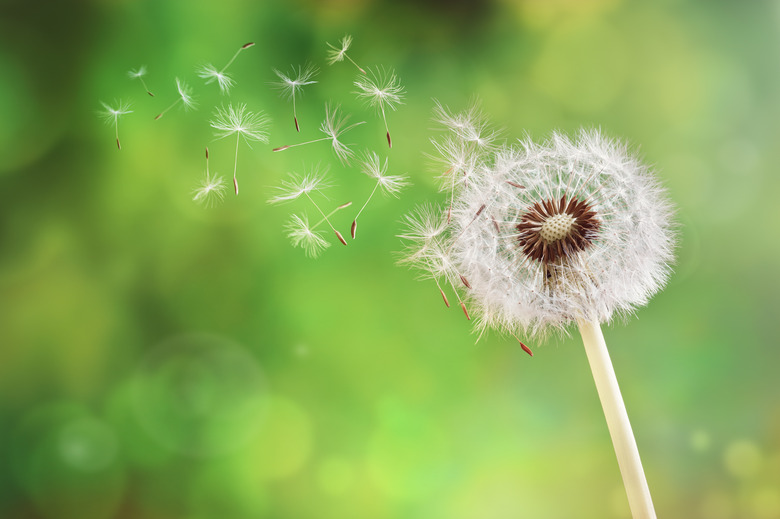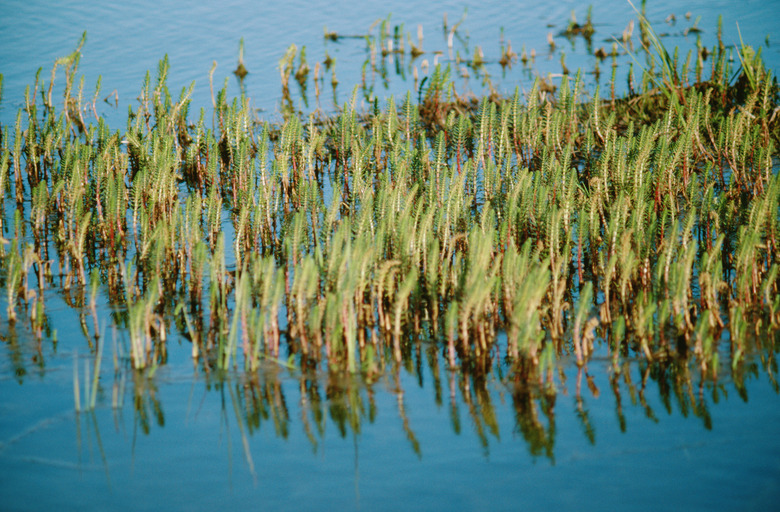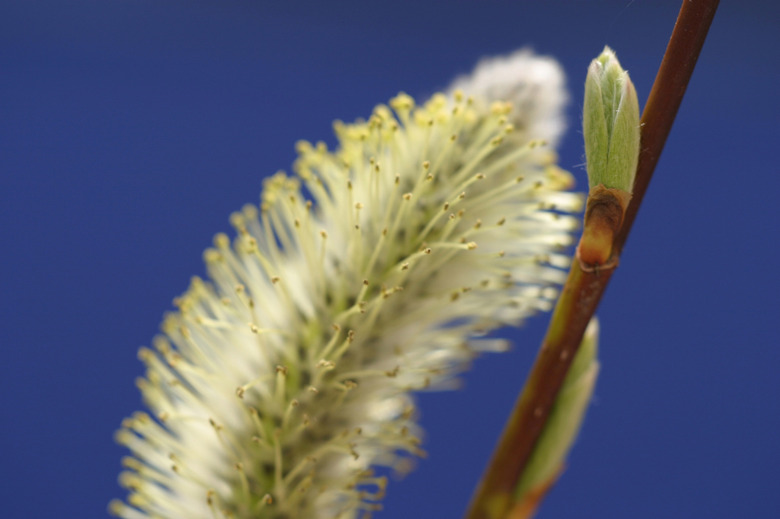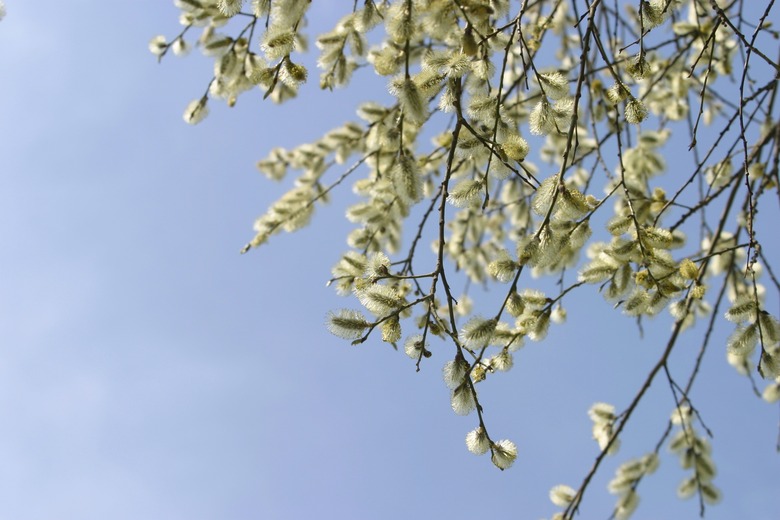Examples Of Wind Pollinated Flowers
Every spring, you can see evidence of wind pollinated flowers. They often look like feathered wisps of threadlike hairs with a small seed attached at one end. They're usually drifting through the warm spring air. These seeds are the end product of wind pollination, which occurs in many of the hardwood trees of temperate North America, such as the willow, cottonwood, popular and alder. Flowers such as dandelions are also wind pollinated. Read on for more examples of wind pollinated plants.
The Common Grasses
The Common Grasses
The flowers of wind-pollinated plants don't have to attract insects for fertilization to take place, so there is no biological advantage to having a colorful and aromatic flower. As a result, most wind-pollinated flowers are green or dull-colored. They usually lack the sepals and petals that most flowers have. One large group of plants where wind pollination is common are the grasses, especially the cattails and rushes that grow in wet areas. The flowers of these plants aren't very colorful or noticeable. Also, they often form spikes of small flowers. Wind-pollinated grasses tend to produce large amounts of pollen, which can cause allergy problems in people.
The Common Catkins
The Common Catkins
Many of the flowers of wind pollinated trees form catkins. This is a type of flower that hangs downward from the branch. It has multiple small flowers arranged in a spike and doesn't smell. Catkins usually form in male flowers, so the pollen can be easily dispersed. Then, the pollen can travel through the air to a female flower. Some of the trees that have wind-pollinated catkins are the alders, birch, cottonwood, hickories, oaks and poplar. The female flowers of these trees don't usually come in the shape of catkins but develop small, round and hard-to-see flowers.
The Dioecious Pussy Willow
The Dioecious Pussy Willow
The pussy willow is a shrub of the willow family, which has plants that contain either all male flowers or all female flowers. The fuzzy growths that nature lovers enjoy seeing as the first sign of spring are actually the male catkins. They're showier than the catkins found on the female plant. Branches of the male pussy willow plant often end up in a vase of water at someone's home to celebrate the arrival of spring. They're unusual among wind-pollinated plants in that both the male and female flowers form catkins.
The Dandelion Flowers
The Dandelion Flowers
Dandelions have yellow flowers with small petals. They're also wind pollinated plants. When they form seeds, the flower heads turn white and puffy. These small, white seeds can detach from the plant, and the wind carries them. This is how dandelions spread and reproduce.
References
Cite This Article
MLA
Bauholz, Henri. "Examples Of Wind Pollinated Flowers" sciencing.com, https://www.sciencing.com/examples-wind-pollinated-flowers-5916512/. 23 April 2018.
APA
Bauholz, Henri. (2018, April 23). Examples Of Wind Pollinated Flowers. sciencing.com. Retrieved from https://www.sciencing.com/examples-wind-pollinated-flowers-5916512/
Chicago
Bauholz, Henri. Examples Of Wind Pollinated Flowers last modified March 24, 2022. https://www.sciencing.com/examples-wind-pollinated-flowers-5916512/



